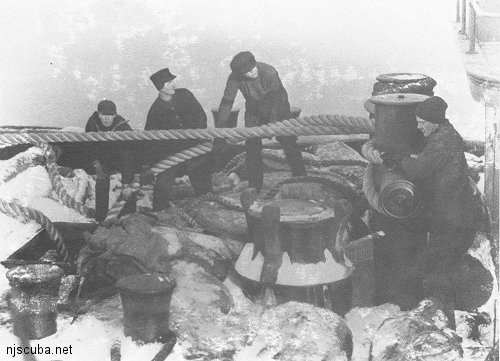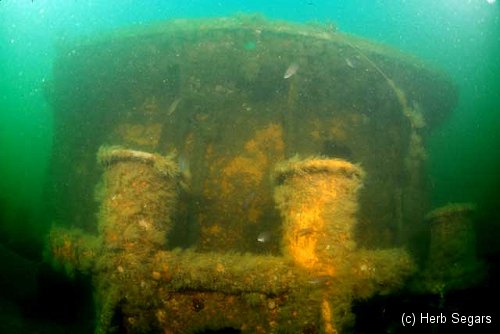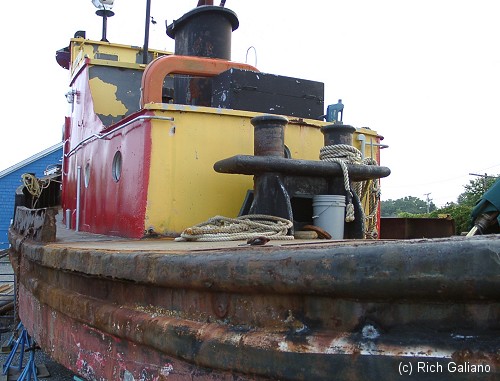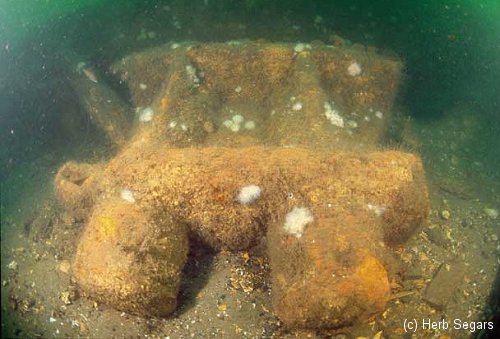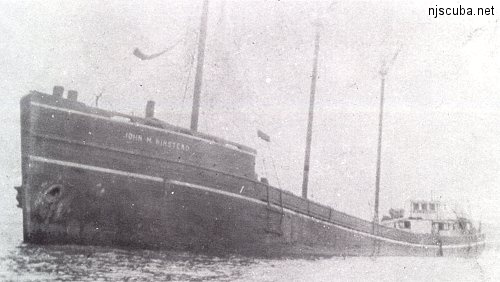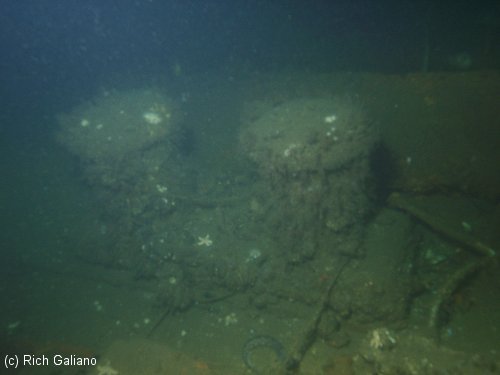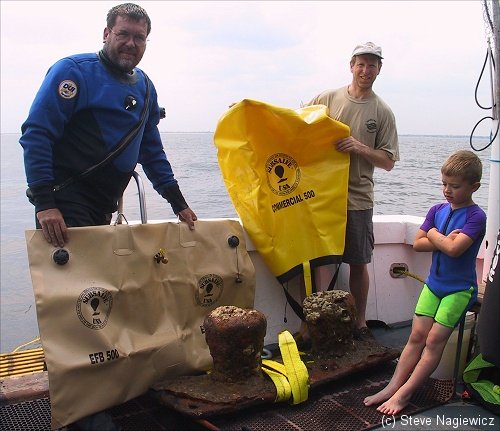Micropterus salmoides
Size
to 38"
This is an introduced species in New Jersey, although it occurs in regions all around. Largemouth bass at Dutch Springs are as tame as dogs, and will follow you around hoping for handouts, as long as you don't spook them. If you don't happen to have anything to feed them, a good way to keep their interest is to flip over rocks on the bottom, exposing tasty little crayfish and other treats that the bass will go right after.
More: Largemouth Bass ...
